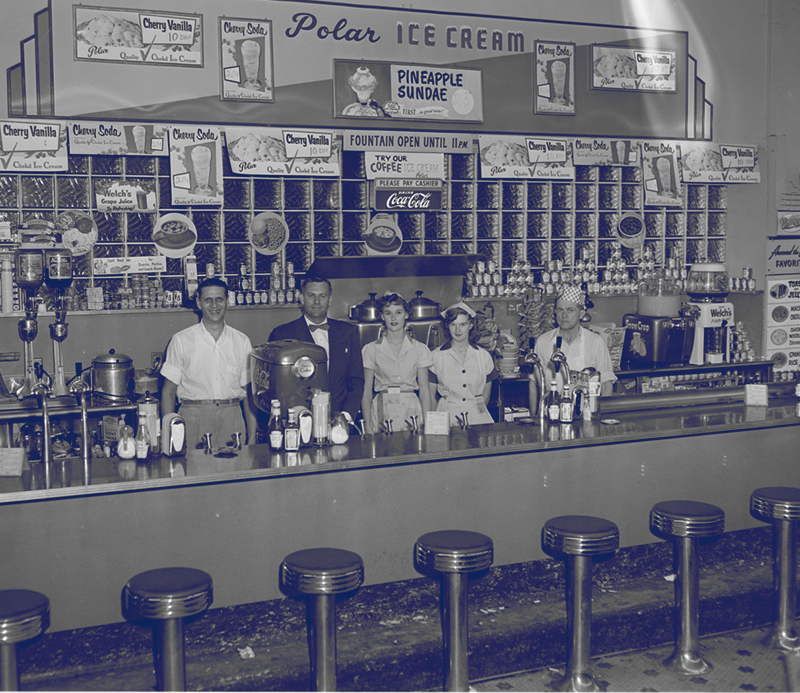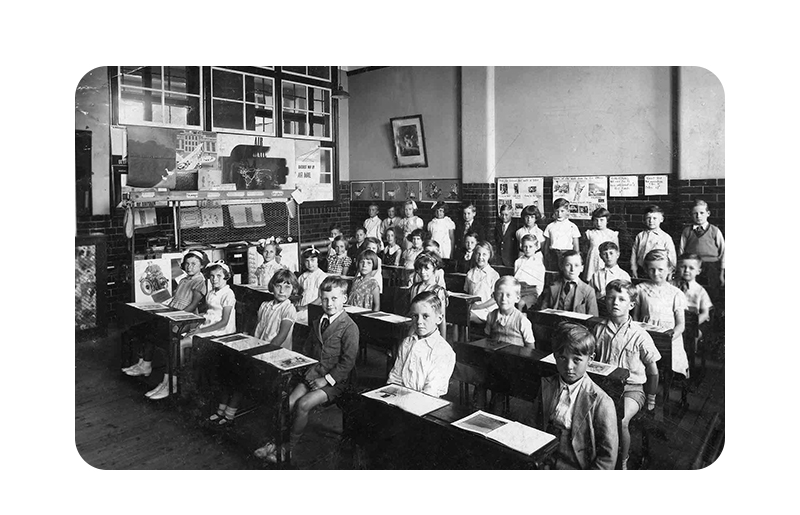When we think of air conditioning, we often imagine modern units and high-tech systems designed to keep our homes and workplaces cool. However, the quest to beat the heat isn’t a new phenomenon. The concept of air conditioning dates back to ancient civilizations, showcasing humanity’s ingenuity and long-standing desire for comfort. Let’s take a journey through time to explore the ancient roots of air conditioning and how early methods laid the groundwork for modern climate control.

Ancient Egypt: Cooling with Evaporation
The ancient Egyptians were among the first to employ evaporative cooling techniques. They would hang wet reeds in windows, allowing the hot air to pass through and cool via evaporation. This method is akin to today’s evaporative coolers or “swamp coolers.” In addition to this, Egyptian homes were built with thick walls and small windows to minimize heat gain from the sun, helping to keep interiors cooler during the scorching summer months.
Continue reading “The Ancient Roots of Air Conditioning: A Journey Through Time”




